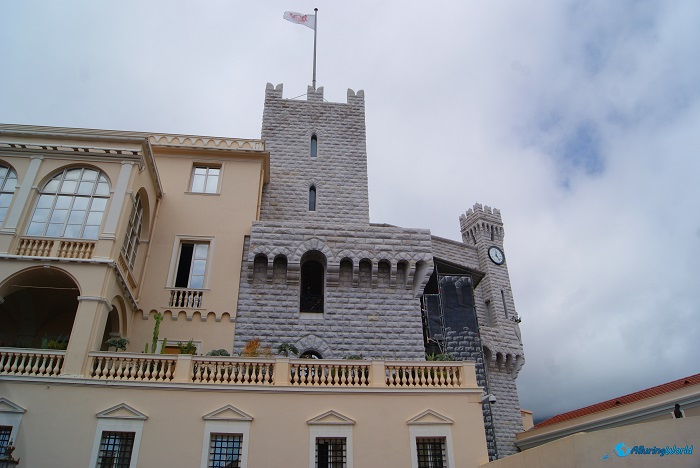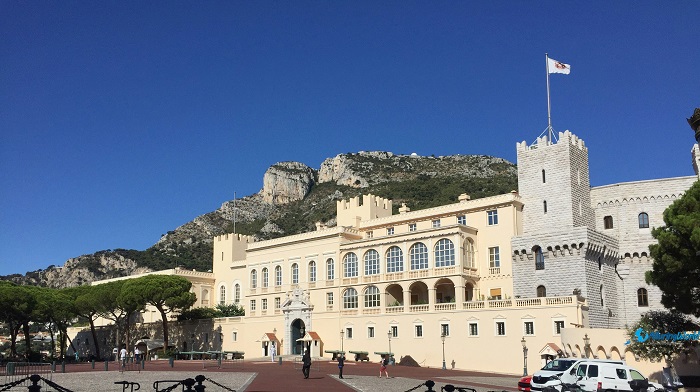The Prince’s Palace of Monaco, known locally as the Palais Princier de Monaco, is a grand and historic residence located on the rocky promontory known as Le Rocher in the heart of the Principality of Monaco. Serving as the official residence of the Sovereign Prince of Monaco, the palace has been a symbol of the Grimaldi family’s rule over the principality for more than seven centuries, and it is an architectural marvel that reflects the rich history and cultural heritage of Monaco, making it one of the most significant landmarks not just in the small nation, but the entire region.
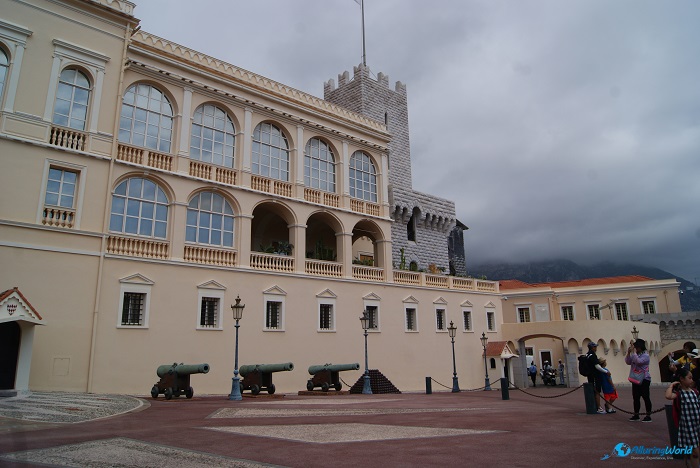
The origins of the Prince’s Palace date back to 1191 when it was established as a Genoese fortress that was initially constructed as a defensive stronghold and it was strategically important for controlling the coastal trade routes and protecting against pirate invasions. The fortress was built on a rocky hill that provided natural defenses, making it an ideal location for military purposes, but as is the case with other fortifications, over the centuries the fortress underwent numerous expansions and renovations, gradually transforming into the magnificent palace we see today.
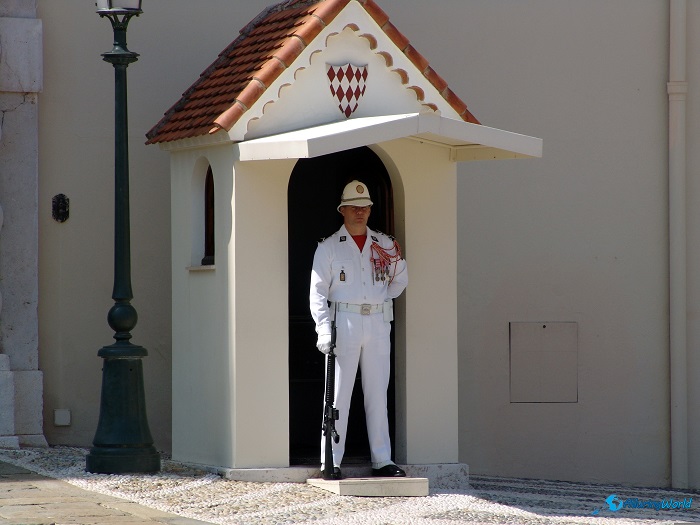
The Grimaldi family‘s association with the palace began in 1297 when François Grimaldi, disguised as a monk, famously captured the fortress from the ruling Genoese. Due to a combination of political and strategic motivations at that time, Monaco was under the control of the Genoese, who were a powerful maritime republic, but the Grimaldis, originally from Genoa, sought to expand their influence and secure a foothold in the region.
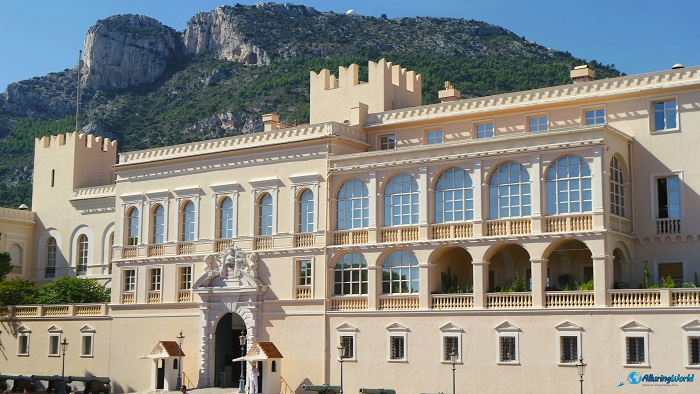
Interestingly, François Grimaldi, along with his cousin, sought to capture the fortress of Monaco as part of a broader strategy to gain control of strategic positions in the Mediterranean, and by taking Monaco, they aimed to establish a base of power that could enhance their political and economic standing. The capture was achieved through a clever ruse: François disguised himself as a monk, which allowed him and his followers to gain entry to the fortress and seize control.
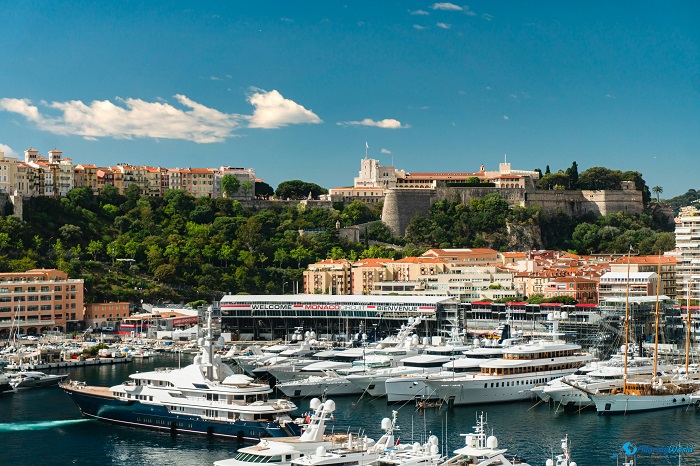
This bold move not only demonstrated the Grimaldis’ strategic acumen but also marked the beginning of their long-lasting dominance over Monaco which has persisted for more than seven centuries, shaping its political and cultural landscape. This very significant event is even commemorated in Monaco’s coat of arms, which features two monks brandishing swords, and the Grimaldi family’s long-standing connection to the palace has made it an enduring symbol of their power and legacy.
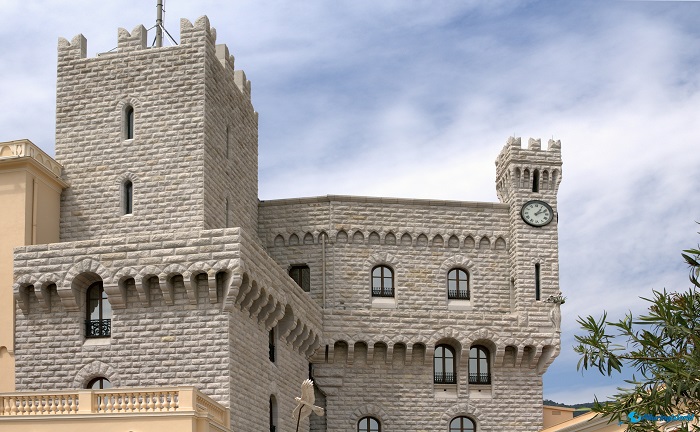
Throughout its history, the Prince’s Palace has served as both a residence and a political center for the ruling family. During the Renaissance, the palace underwent significant transformations under the direction of Prince Honoré II, who sought to convert the fortress into a luxurious residence befitting a royal family, he commissioned a series of renovations that introduced Renaissance architectural elements, including ornate decorations, frescoes, and elegant interiors. This period marked a turning point in the palace’s history, as it evolved from a military stronghold into a symbol of princely opulence.
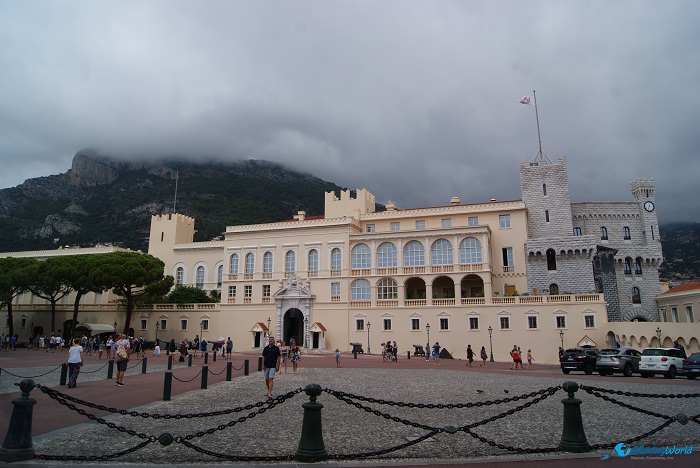
Architecturally, the palace is a unique blend of medieval fortifications and Renaissance elegance. The exterior of the palace retains its fortress-like appearance, with crenelated walls and defensive towers that hark back to its original purpose, however, the interiors reveal a world of splendor and refinement, with lavishly decorated rooms that showcase the artistic tastes and wealth of the Grimaldi family. In addition, the palace features a series of grand apartments, staterooms, and galleries adorned with priceless works of art, tapestries, and antique furnishings.
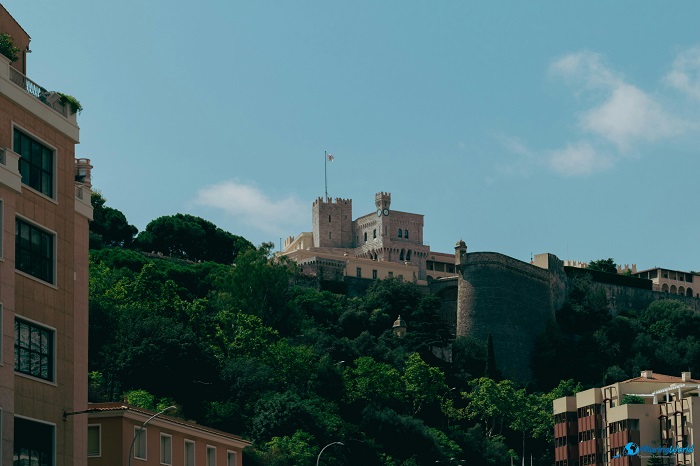
One of the most notable rooms in the palace is the Throne Room, which serves as the ceremonial heart of the building, this opulent chamber is used for official events, such as state receptions. It is decorated with sumptuous furnishings and exquisite artwork, furthermore, the ceiling, painted by Orazio de Ferrari, depicts the Triumph of Alexander the Great, adding to the room’s grandeur. Lastly, the throne itself, made of gilded wood, is a symbol of the prince’s authority and is positioned beneath a richly embroidered canopy.
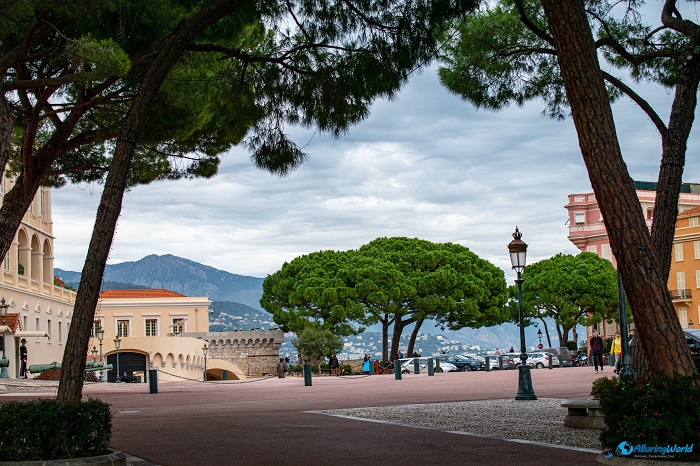
Another highlight of the palace is the Palatine Chapel, a small yet ornate chapel located within the palace complex which is dedicated to Saint John the Baptist and features stunning frescoes and a beautiful altar. As it is used for religious ceremonies and family gatherings, it also adds to the palace’s spiritual and cultural significance.
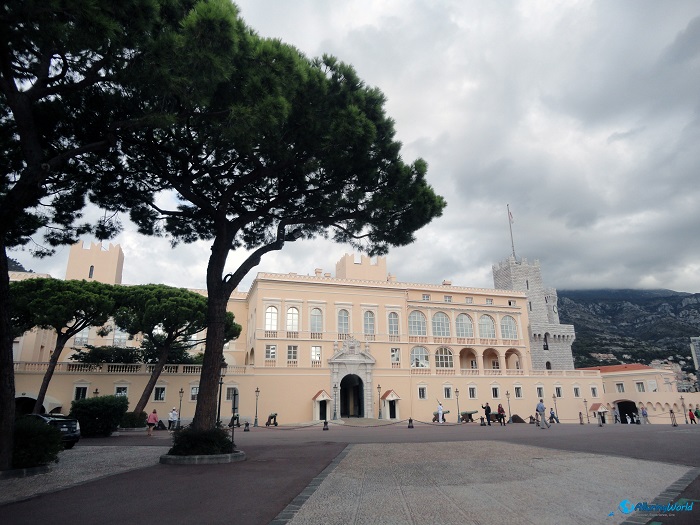
Another interesting section of the palace that should be noted is the Museum of Napoleonic Souvenirs and Collections of the Palace, which offers visitors a glimpse into Monaco’s rich history and the Grimaldi family’s extensive art collection.
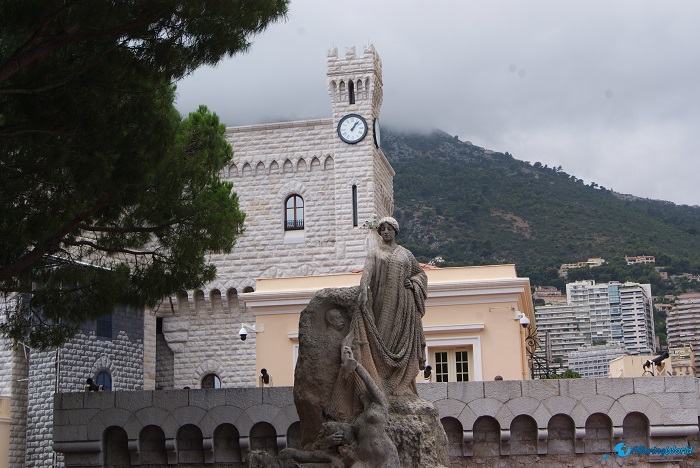
The museum includes a fascinating array of artifacts, documents, and memorabilia related to Napoleon Bonaparte, as well as a collection of antique carriages and historic photographs, this museum provides insight into the cultural and historical connections between Monaco and France, highlighting the principality’s unique position within European history.
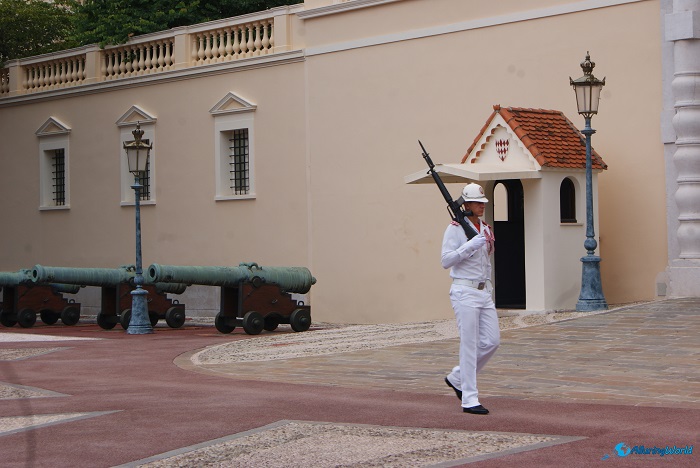
The palace gardens, known as the Saint-Martin Gardens, are yet another attraction that draws visitors to the site. These beautifully landscaped gardens offer stunning views of the Mediterranean Sea and the surrounding coastline, providing a tranquil escape from the bustling city below, and as they are adorned with a variety of plants, flowers, and sculptures, they create a serene and picturesque setting for a leisurely stroll.
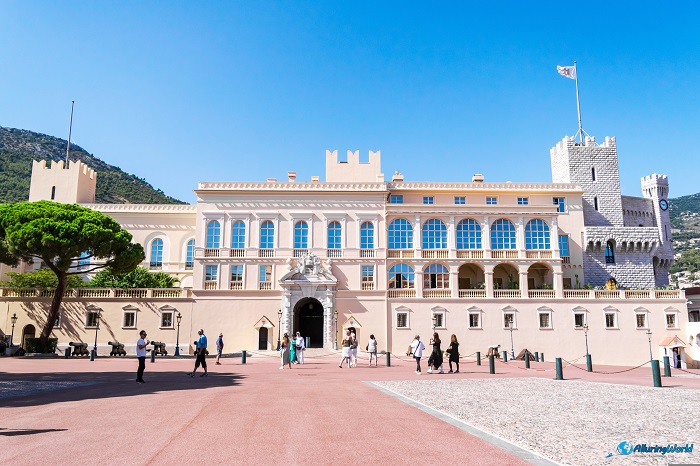
Being not only a historical and architectural treasure but the palace is also a vibrant cultural venue because throughout the year, the palace hosts a variety of events, including concerts, exhibitions, and ceremonial occasions. One of the most popular events is the annual Palace Concerts, which take place in the Courtyard of Honor during the summer months, these concerts feature performances by the Monte-Carlo Philharmonic Orchestra and other renowned artists, offering a unique cultural experience in a historic setting.
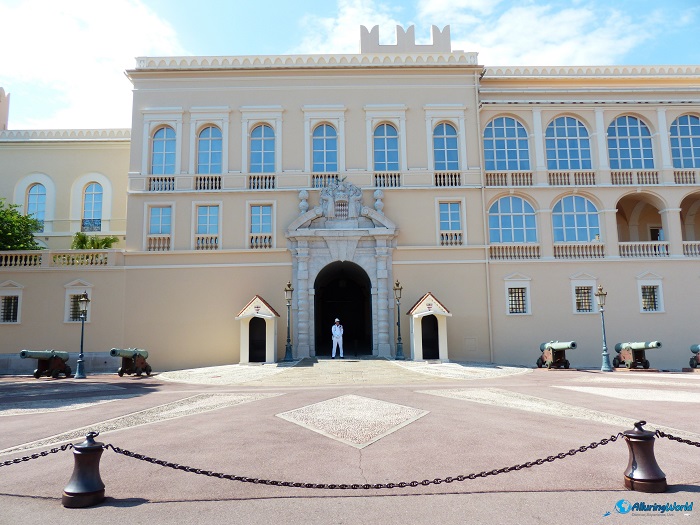
In addition to its cultural significance, the palace is an important symbol of Monaco’s political continuity and stability. The Changing of the Guard ceremony, which takes place daily at 11:55, is a tradition that underscores the principality’s commitment to preserving its heritage and maintaining its traditions, and the ceremony, performed by the Carabinieri du Prince, is a popular attraction for tourists and provides a glimpse into the principality’s ceremonial customs.
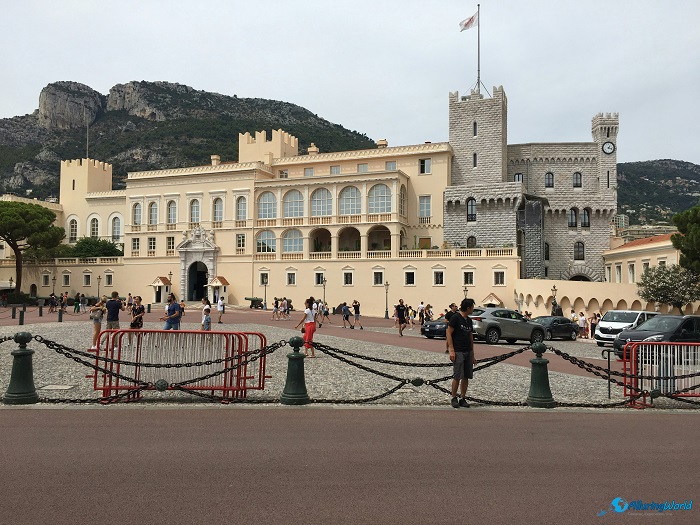
Today, the Prince’s Palace remains the official residence of the reigning Prince of Monaco who continues the legacy of his ancestors while embracing the challenges and opportunities of the modern era and it is a testament to the enduring legacy of the Grimaldi family and their role in shaping the history and culture of Monaco.
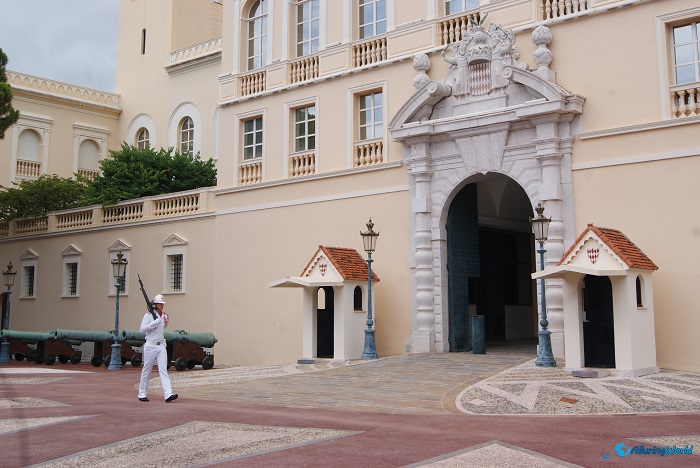
In conclusion, the Prince’s Palace of Monaco is a captivating destination that offers visitors a unique blend of history, culture, and architectural beauty, where its storied past, opulent interiors, and stunning location make it a must-visit landmark for anyone exploring the principality. Whether you’re admiring the grandeur of the Throne Room, enjoying a concert in the Courtyard of Honor, or simply taking in the breathtaking views from the gardens, the palace provides an unforgettable experience that embodies the spirit and charm of Monaco.
